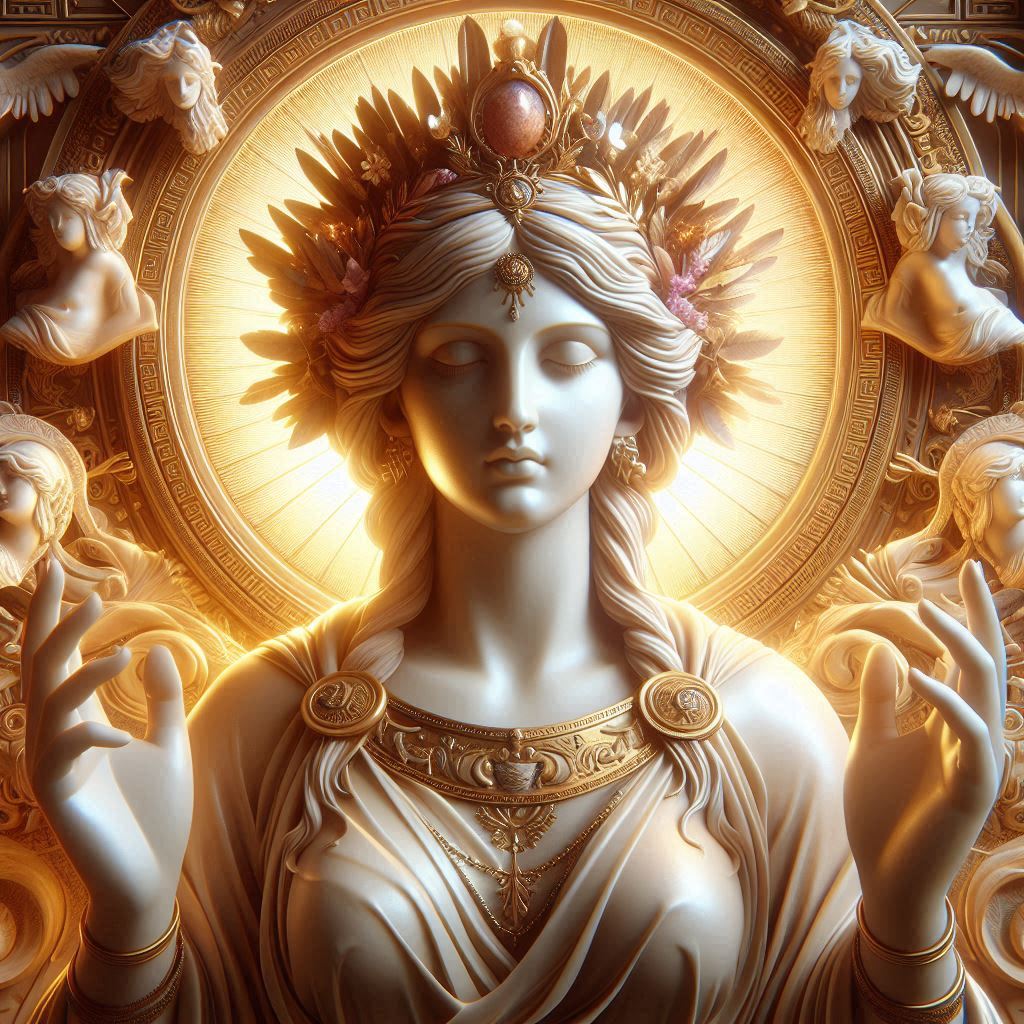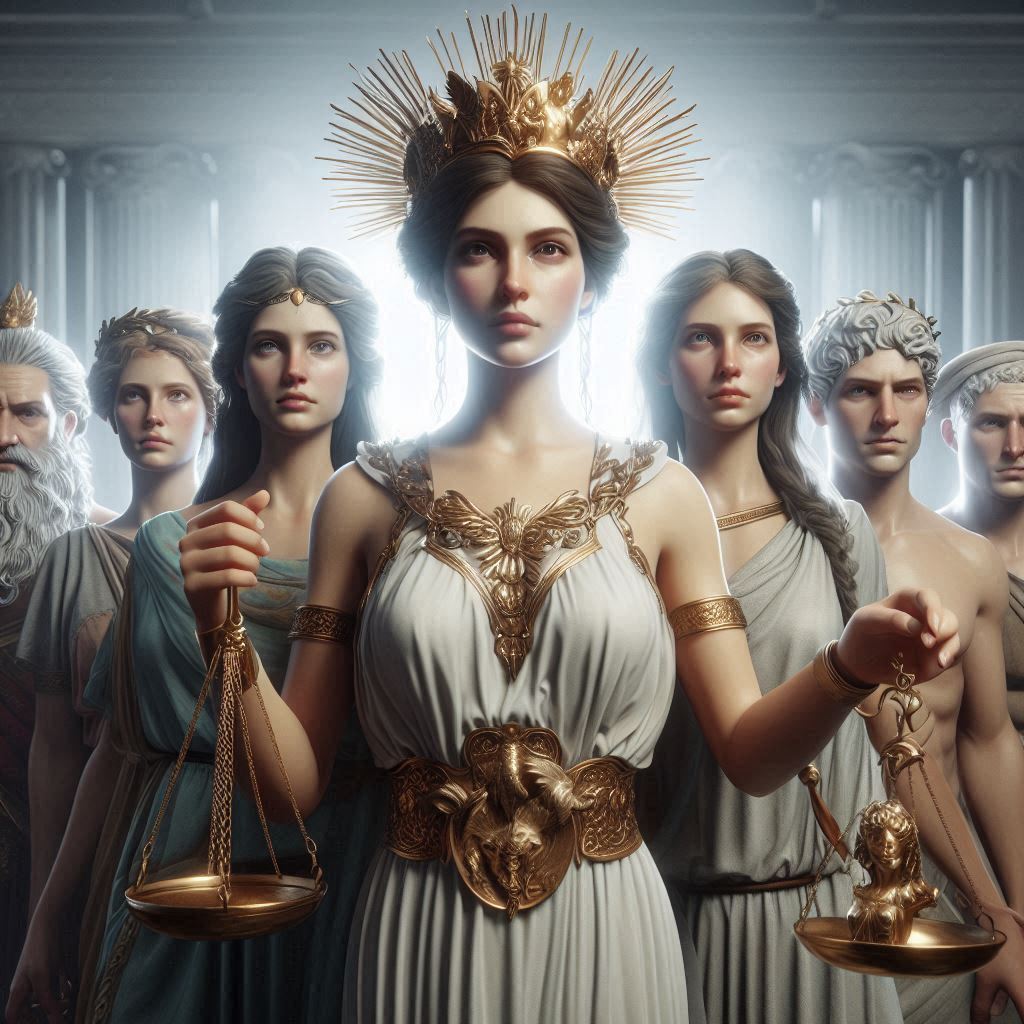Table of Contents
Les Misérables: A Masterpiece of Humanity, Justice, and Redemption
Victor Hugo’s Les Misérables (1862) is one of the most celebrated novels in world literature. A sprawling epic of suffering, love, revolution, and redemption, the novel explores the struggles of the poor and marginalized in 19th-century France. Through its unforgettable characters—Jean Valjean, Fantine, Cosette, Javert, and Marius—Hugo weaves a narrative that is both deeply personal and universally resonant. Beyond its gripping plot, Les Misérables is a profound meditation on justice, morality, and the possibility of human transformation. This essay examines the novel’s major themes, its historical and social context, its key characters, and its enduring legacy.

Historical and Social Context
To fully appreciate Les Misérables, one must understand the turbulent period in which it is set. The novel spans several decades, from the aftermath of the French Revolution to the June Rebellion of 1832. Hugo, a passionate advocate for social justice, wrote the novel while in political exile, using it to critique the injustices of his time.
France in the early 19th century was marked by extreme inequality. The poor suffered under oppressive laws, while the wealthy and powerful remained indifferent. Hugo highlights this disparity through the suffering of characters like Fantine, a working-class woman driven to desperation, and Jean Valjean, a former convict whose life is destroyed by a minor crime. The novel’s title itself—Les Misérables (“The Miserable Ones” or “The Wretched”)—reflects Hugo’s focus on society’s downtrodden.
The June Rebellion of 1832, a failed anti-monarchist uprising, serves as the novel’s climax. Though historically minor, Hugo elevates it to a symbol of the eternal struggle for freedom. Through the idealistic students at the barricades, he champions the idea that even lost causes are worth fighting for.
Major Themes
1. The Struggle for Redemption
At its core, Les Misérables is a story of redemption. Jean Valjean, imprisoned for stealing a loaf of bread, emerges from jail hardened and bitter. However, an act of mercy from Bishop Myriel transforms him. This moment—where the bishop gives Valjean silver candlesticks and tells him to use them to become an honest man—becomes the turning point of Valjean’s life.
Valjean’s journey is one of constant moral struggle. He assumes a new identity, becomes a successful businessman and mayor, and dedicates his life to helping others. Yet, he is haunted by his past and the relentless pursuit of Inspector Javert. His redemption is not a single act but a lifelong commitment to goodness despite his flaws.
2. The Injustice of the Law vs. the Morality of Compassion
Hugo sharply criticizes the legal system of his time, which punished petty crimes harshly while ignoring systemic oppression. Javert embodies the rigid, unforgiving nature of the law. As a police inspector, he believes in absolute justice—no mercy, no exceptions. His pursuit of Valjean is not personal but ideological; he cannot accept that a criminal could reform.
In contrast, Valjean represents mercy and second chances. His transformation proves that people are not irredeemable. The conflict between Javert and Valjean is not just personal but philosophical: Should justice be inflexible, or should it account for human suffering and growth? Javert’s eventual suicide—when he cannot reconcile Valjean’s goodness with his criminal past—symbolizes the collapse of an unjust system.
3. Love and Sacrifice
Love, in its many forms, drives the novel’s characters. Fantine’s love for her daughter, Cosette, leads her to sacrifice everything—her dignity, her health, and ultimately her life. Valjean’s paternal love for Cosette gives him purpose, while Marius’s romantic love for her inspires him to fight for a better world. Even Éponine’s unrequited love for Marius is tragically selfless.
Hugo suggests that love is both a source of suffering and salvation. Fantine’s suffering is heartbreaking, but her love ensures Cosette’s survival. Valjean’s love for Cosette gives him strength, yet it also forces him into hiding. Love demands sacrifice, but Hugo implies that such sacrifices are what make life meaningful.
4. The Plight of the Poor and Social Reform
Hugo was deeply concerned with poverty and inequality. Through Fantine’s descent into prostitution, the Thénardiers’ exploitation of Cosette, and the starving masses of Paris, he exposes the brutal reality of the poor. The novel argues that society’s misery is not inevitable but the result of systemic neglect.
Hugo’s call for reform is most evident in his portrayal of the student revolutionaries. Though their rebellion fails, their idealism is heroic. Enjolras, the leader of the rebels, declares:
“The future is in the hands of the schoolmaster, not the executioner.”
This line encapsulates Hugo’s belief that education and compassion, not punishment, are the keys to progress.
Key Characters and Their Significance
1. Jean Valjean
The protagonist, Valjean, is the novel’s moral center. His journey from convict to saint-like figure illustrates Hugo’s faith in human potential. Valjean’s struggles—his fear of discovery, his internal battles with anger and forgiveness—make him deeply human. His ultimate act of sacrifice—saving Marius for Cosette’s sake—cements his redemption.
2. Javert
Javert is Valjean’s foil, representing rigid, merciless justice. Born in prison to criminal parents, he despises disorder and clings to the law as his moral compass. His suicide is a pivotal moment, showing that an unyielding system cannot comprehend mercy or change.
3. Fantine
Fantine’s tragic story highlights the exploitation of women and the working class. Abandoned by her lover, she is forced to leave Cosette with the abusive Thénardiers. Her slow, painful decline—selling her hair, teeth, and body—is one of the novel’s most harrowing sections. Her death scene, where she hallucinates Cosette’s presence, is heartbreaking.
4. Cosette and Marius
Cosette symbolizes hope and renewal. Rescued from abuse by Valjean, she grows into a kind, loving woman. Her romance with Marius represents the younger generation’s potential for a better future. Marius, torn between his revolutionary ideals and his love for Cosette, bridges the novel’s personal and political themes.
5. The Thénardiers
The Thénardiers embody greed and corruption. They exploit everyone around them, from Fantine to Cosette to the dying at the barricades. Their presence serves as a reminder that not all suffering comes from systemic forces—some is caused by individual cruelty.
Literary Significance and Legacy
Les Misérables is not just a novel but a cultural phenomenon. Its themes of justice, love, and sacrifice continue to resonate. The novel has inspired countless adaptations, including the world-famous musical, films, and stage productions.
Hugo’s prose is both grand and intimate, blending sweeping historical drama with deeply personal stories. His use of symbolism (the bishop’s candlesticks, the barricades) and his vivid descriptions of Paris make the novel unforgettable.
Beyond its literary merits, Les Misérables remains a powerful call for empathy and social change. In a world still grappling with inequality, Hugo’s message is as urgent as ever:
“To love another person is to see the face of God.”
Conclusion
Les Misérables is more than a classic—it is a testament to the resilience of the human spirit. Through its exploration of redemption, justice, and love, Hugo challenges readers to confront societal injustices and embrace compassion. Jean Valjean’s journey from hatred to grace, Fantine’s tragic sacrifice, and the students’ doomed rebellion all serve as reminders of both human frailty and nobility.
Nearly two centuries after its publication, Les Misérables continues to inspire, proving that great literature does not just reflect society—it can also change it.


No responses yet